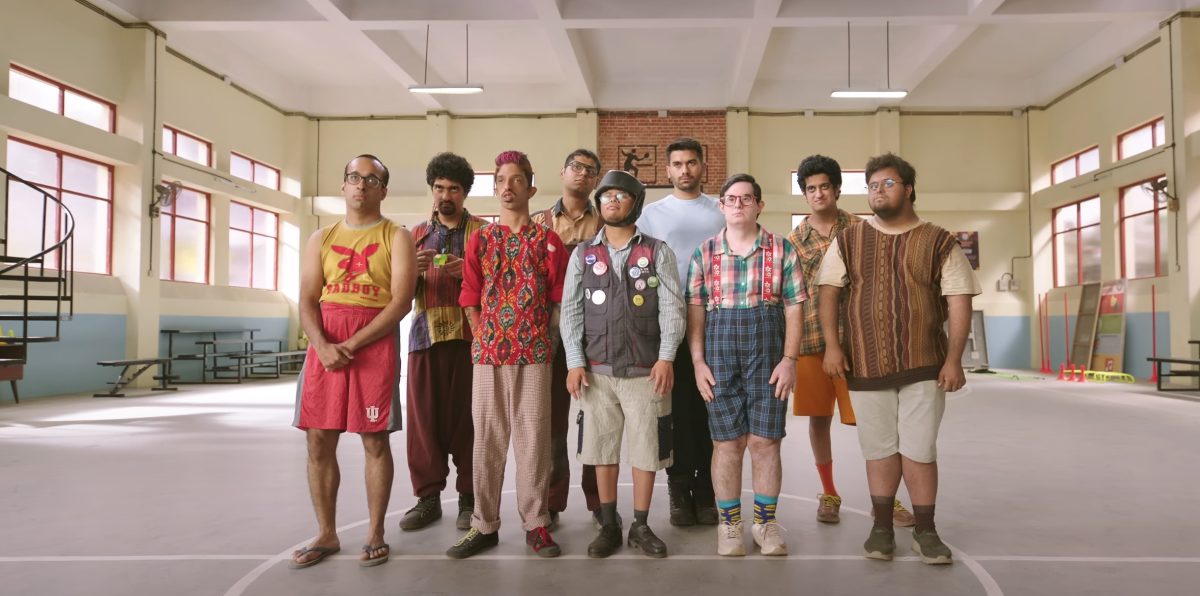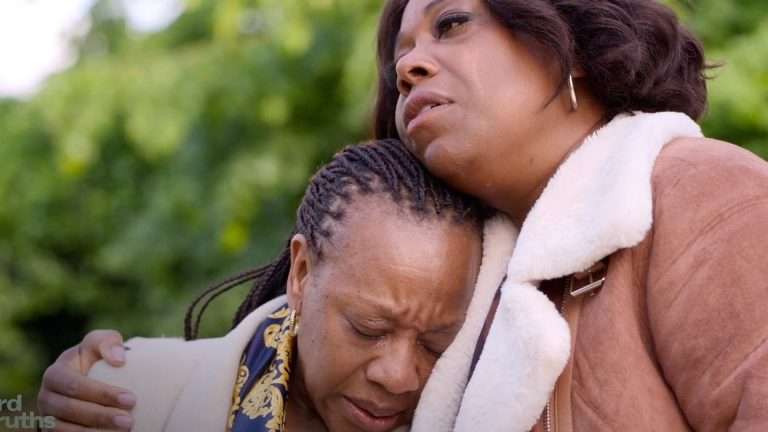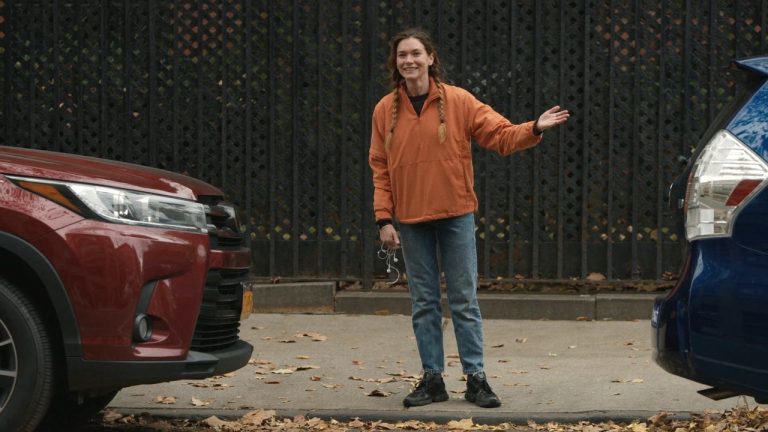It doesn’t bother me that Aamir Khan chose to reappear in the theatres with another remake, but what bothers me is that it took Bollywood eighteen years, considering “Taare Zameen Par” a prequel of sorts to “Sitaare Zameen Par,” to incorporate Autism and Down syndrome into its popular discourse. This instance of regression only unveils the cultural backwardness of mainstream Bollywood.
However, I don’t intend to offer a politico-cultural lens to judge “Sitaare Zameen Par.” The film is pretty honest. It implores you to understand that there’s no standard definition of ‘Normal’ exists. Varied scale of normality defines each person or vice versa; just like the amount of sugar one adds to tea differs from person to person.
Without watching the source film, “Campeones” (2018), it would be a sin to say whether “Sitaare Zameen Par” succeeds as a remake or not. Remakes often have their own aesthetics. If one of them is fixing the remade film in its own cultural soil, then “Sitaare Zameen Par” abides by this principle. Divy Nidhi Sharma, writer of the film, makes room for Indian (especially Punjabi) humour to walk surreptitiously into the screenplay, which has its primary origins in distant Spain.
The film intrigued me in the beginning when Aamir Khan walked into the foreground like a regular guy. No unnecessary drama was employed to orchestrate a grand entry for him. Now and then, he – ‘Gulshan’—is seen to be poked by his mother (Dolly Ahaluwalia) as ‘Tingu’ (a colloquial jab to mock someone for being short in height). R.S. Prassana, director of the film, tried his best to barricade the film from getting affected by the extraneous glamour agents. He should be praised for this and criticized for eliding the contemplative style Sitaare Zameen Par’s predecessor had.
Howbeit, it still had something more than entertainment to offer. Diversity of religion/gender among the neurodivergent adults, whom Gulshan takes to the final of a Basketball tournament, doesn’t demand much of our attention to decipher the ambitious symbol that the writer/maker has used. The team, portrayed in the film, is a multifaceted symbolic arch of our very nation, which is diasbled from the inside but can achieve incredible things if you are wise enough to see them as ‘normal beings’ and arrive at the concluding fact that – being normal should have a subjective scale to measure.

The characters have been picked from the urban working class. They don’t own anything. One works in a workshop, another in a dye factory, while another is a mechanic. They are quite flawless in their workplaces. I couldn’t resist but say “Sitaare Zameen Par” should be watched and understood from the point of view of a space of resistance/freedom (the basketball court), which it offers to the urban proletarian to defeat the constant alienation they’re subjected to.
I also liked the film because it doesn’t shy away from being politically bold. The most oppressed among all the players is Kareem Qureshi (Samvit Desai). Kareem, who has a signature style of attempting to score baskets, doesn’t get permission from his boss to join the team. While his team makes their way to the final, Kareem is seen washing dishes in the restaurant where he works. Well, what do you think his boss should have done to a poor Muslim, that too an autistic patient? Allowed him to join the team? Certainly not!
But sadly, this politics doesn’t fulfill the void of poetics. I understand the treatment of the film was unlike its predecessor. But a few pockets created to offer a handful of adult jokes don’t convince me to say the comedy in the film has worked. It’s great that the urban India audience, sitting in a multiplex, no longer holds a grudge against non-veg jokes. Pick up a family drama from the last century, you won’t be able to trace much of adult jokes in them, even when they’re needed.
Times certainly have changed. But comedy, too, contains some aesthetics. Infusing the voids of your script with wayward jokes to inculcate the film as a comedy/satire is bound to end up as a failure. The only instance where the satire worked for me is in the introductory scene, where the characters, having autism, were shown from an unusual camera angle.
My major disappointment is the film’s failure to fulfill its initial promise of not ending up orbiting around a single character. Offering a montage only to show the backstory of the autistic characters, while Gulshan is given ample space to deal with his past trauma, marital issues, fear of having kids, etc., reduces their onscreen existence to mere objects and ends up embracing cliché narrative tropes.
In addition, the superficial journey imposed on ‘Gulshan’ doesn’t change him at all in the end. Only the excitement of realizing that he can coach physically/mentally challenged individuals and lead them to the finals makes him confess a few lines, which sound like a slogan. I’m pretty sure that he’ll again listen to Dil Mera Churaya Kiyun from “Akele Hum Akele Tum” (1995) while becoming half-seas-over and then drive rash, just like before, once the cloud of excitement leaves his mind.
On a personal note, throughout “Sitaare Zameen Par,” I dearly missed Ram Shankar Nikumbh (Aamir Khan) from “Taare Zameen Par.”







